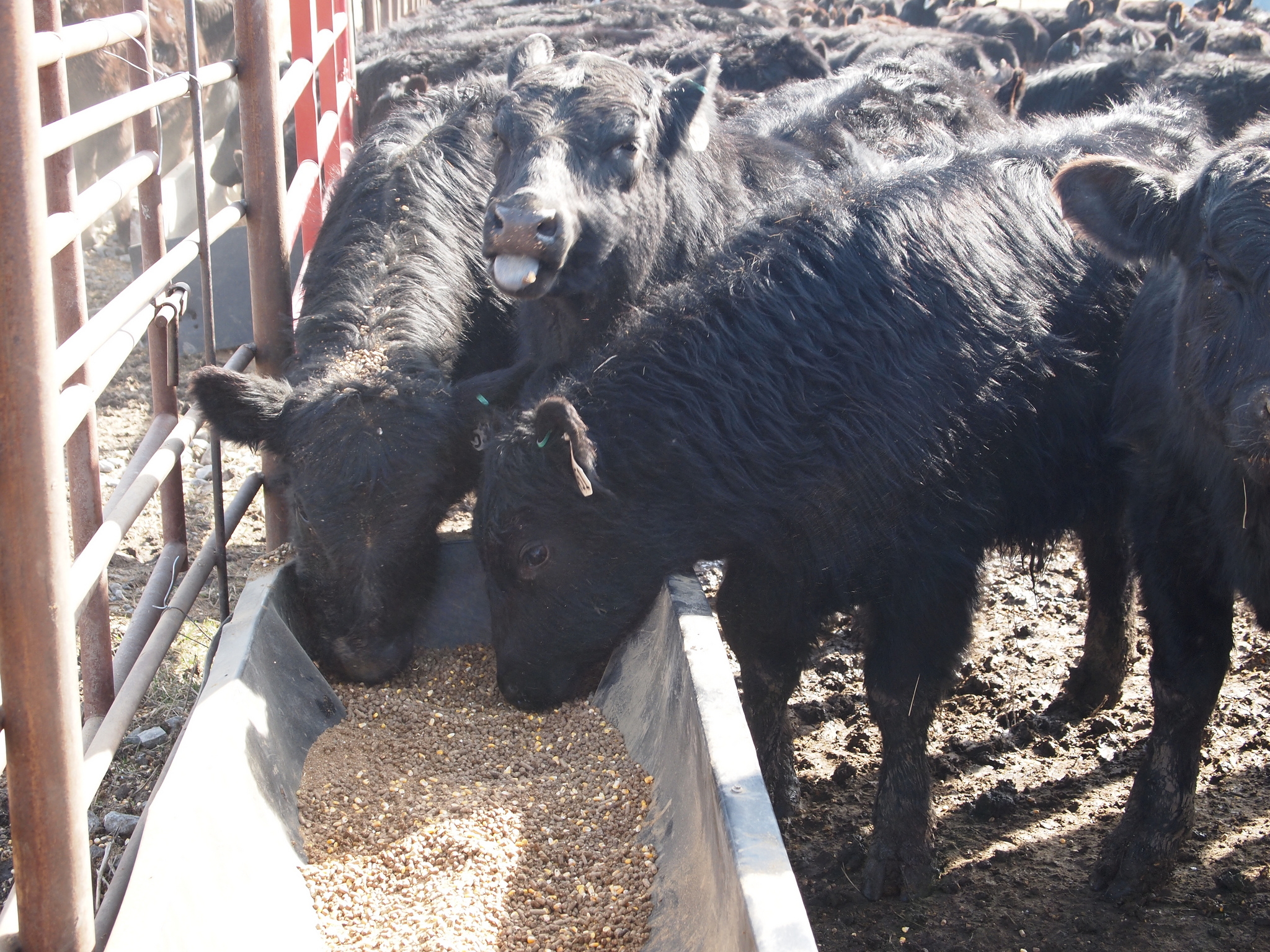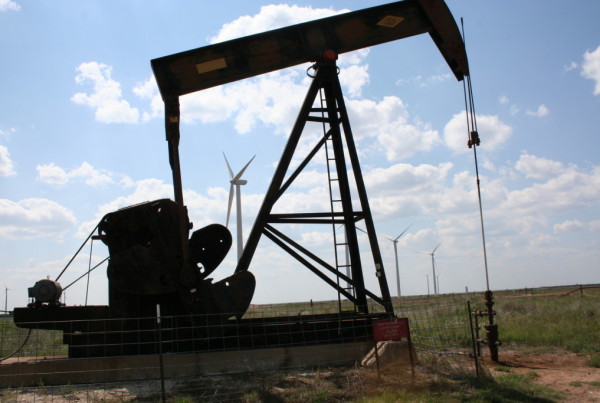Every year, the Centers for Disease Control and Prevention estimates that 23,000 people die due to antibiotic resistance. It’s for this very reason that doctors have been telling patients to limit the amount of antibiotics they take for infections and illnesses.
But what if we are ingesting antibiotics in the air we breathe? That’s what researchers at Texas Tech found when they analyzed dust being carried downwind from cattle feed lots.
Philip Smith is a senior researcher and environmental toxicologist who sparked the idea when he was out hunting one day.
“The ducks weren’t flying at all, so I had a lot of time to think,” Smith says. “I was situated straight downwind from a feedlot.”
Smith noticed his eyes becoming irritated; he could smell and taste something different in the air.
“I began to consider what is that?” Smith says.
Being an environmental toxicologist, Smith and his team at Texas Tech started conducting research into figuring out what was being swept downwind from these West Texas cattle ranches.
“We found the presence and occurrence of antibiotics, bacteria and gene sequences that encode for antibiotic resistance,” Smith says.
The research found that the antibiotics being used in cattle feed was being carried into manure, which would then be kicked up into the wind.
Smith says that, like most Americans, he’s a fan of beef and, as the demand for beef increases, those in manufacturing will continue to use whatever tools necessary to make a better product at less cost.
However, Smith hopes agriculture producers will take heed of some of his findings.
“This information…contributes knowledge to the discussion of how we are going to manage antibiotics in the future,” Smith says.












